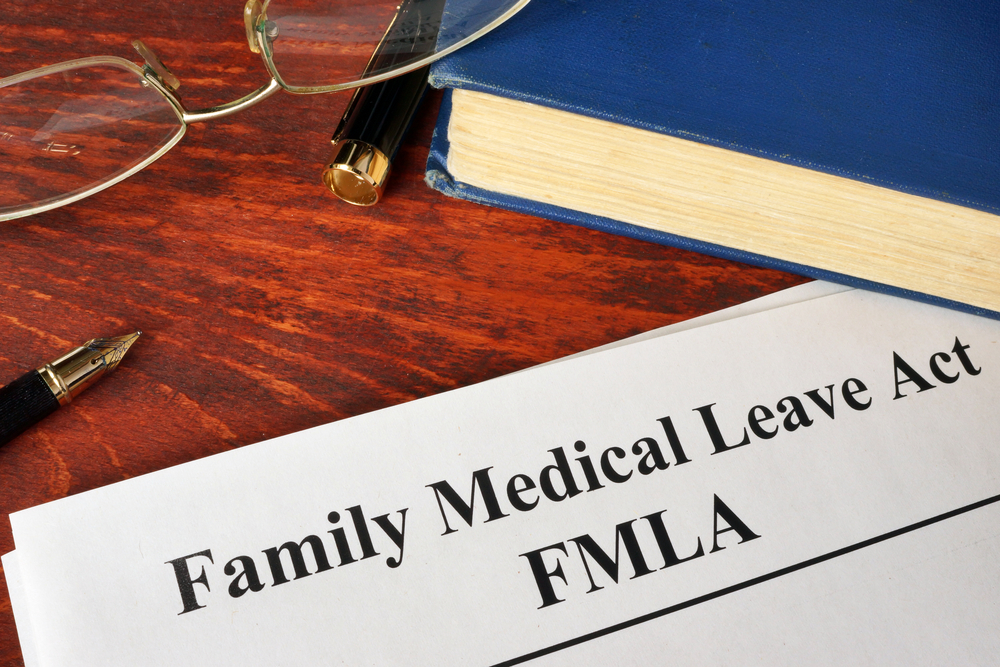Payroll
What Businesses Need to Know About the FMLA Tax Credit
While large employers must provide protected leave, FMLA does not require that FMLA leave be paid, although most employers coordinate FMLA leave with their paid-time off policies. The recent tax reform provisions have created a potential silver lining.
Nov. 05, 2018

The Family Medical Leave Act (FMLA) has been around for a quarter of a century. In my latest blog post, I answered some of the most common questions employers have about this aged labor law.
[This article first appeared on the PrimePay blog.]
FMLA requires large employers (averaging 50 or more employees for 20 or more weeks in the current or prior calendar year) to provide up to twelve (12) weeks of protected leave to qualified employees for specified, family-related reasons, such as the birth or adoption of a child, to care for a family member with a serious medical condition, or to care for oneself when the employee has a serious medical illness. You can find all those details here.
While large employers must provide protected leave, FMLA does not require that FMLA leave be paid, although most employers coordinate FMLA leave with their paid-time off policies.
The recent tax reform provisions have created a potential silver lining for some employers subject to the law.
Enter the FMLA tax credit.
Introduced through the Tax Cuts and Jobs Act in December 2017 (Tax Reform), the IRS released new guidance for employers seeking the credit.
The FMLA tax credit offers reimbursement of a percentage of employee wages in the form of a general business credit for employers who provide paid FMLA leave to qualifying employees, ex. individuals who have been employed by the employer for at least one year and earn less than a specified amount.
In order to be a qualified employee under the tax credit in 2018, an employee must not have earned more than $72,000 in 2017. The tax credit applies to all FMLA leave wages paid after Dec. 31, 2017 and the credit is currently set to expire at the end of 2019.
How to qualify for the tax credit.
To be eligible for the credit, here are a few things employers must do:
- Employers must have a written FMLA paid leave policy in place.
- Employers must provide at least two weeks of paid leave annually for all qualifying full-time employees and a proportionate amount of time for all qualifying part time employees (those employed fewer than 30 hours/week).
- Wages paid on qualifying leave must be at least 50% of an employee’s normal wages.
- Any leave paid by a state or local government or required by state or local laws is not taken into account.
- Wages paid through an employer’s short term disability program for family/medical leave are taken into account in determining the credit so long as the employer’s program meets the paid leave requirements.
Employers meeting these requirements can claim 12.5% of the wages paid to qualifying employees on FMLA leave as a general business tax credit. This credit may increase by 0.25% for every percentage point that the paid leave wages exceed 50% of the employee’s regular pay, up to a maximum credit of 25%. In calculating the credit, the maximum amount of leave that can be taken into account is twelve (12) weeks.
If you are subject to FMLA (50 or more employees) don’t lose out on the potential for a tax credit. PrimePay and other payroll service providers offer solutions to take advantage of the credit.
====
Ashley Mascari is the Regulatory Compliance Manager for PrimePay.
